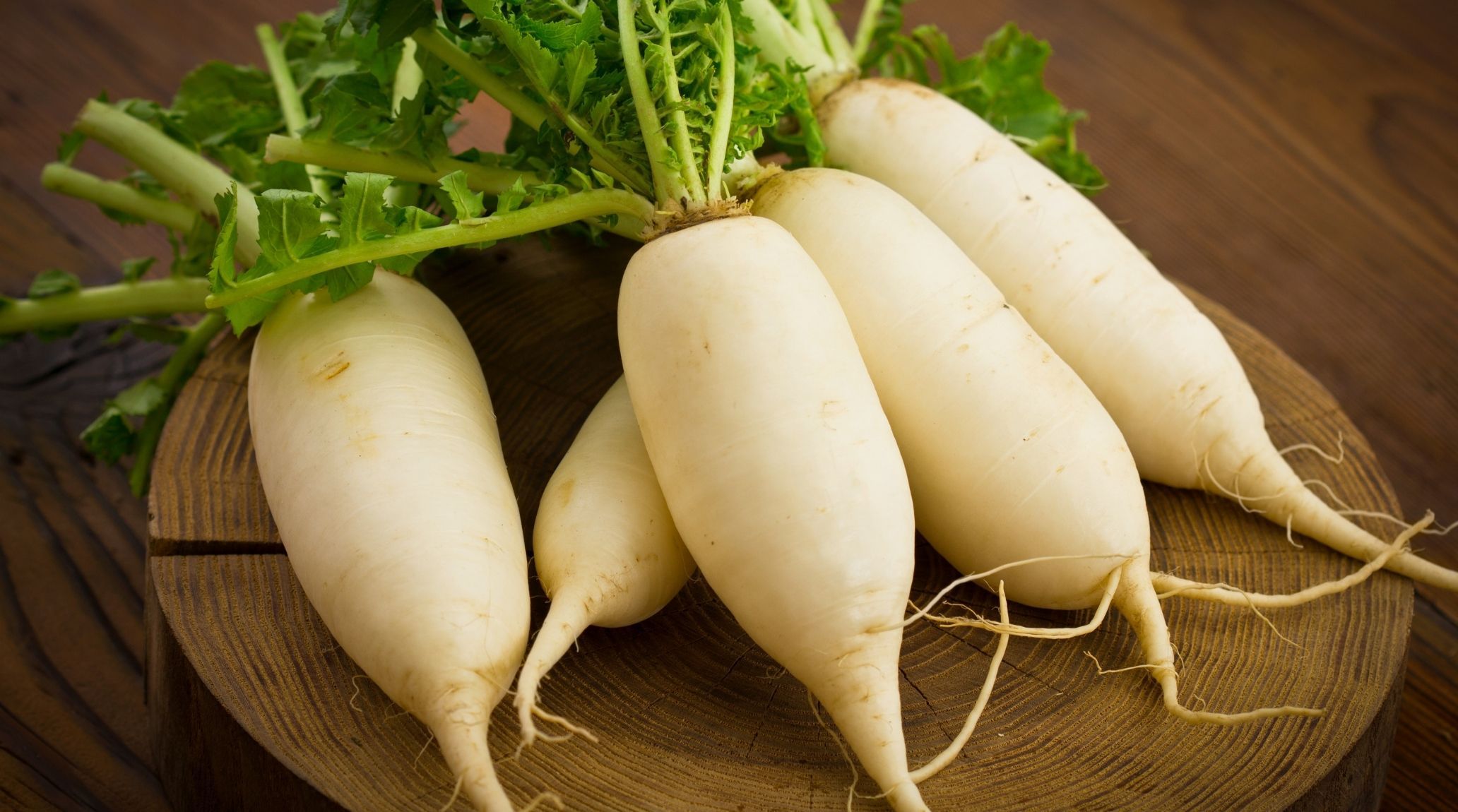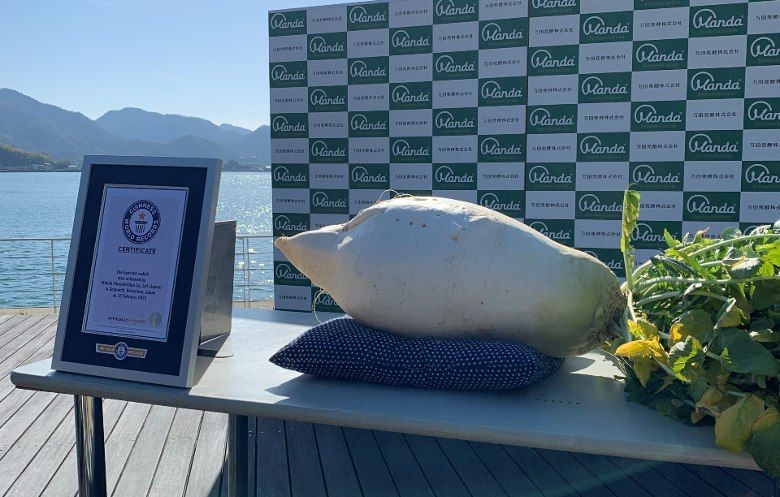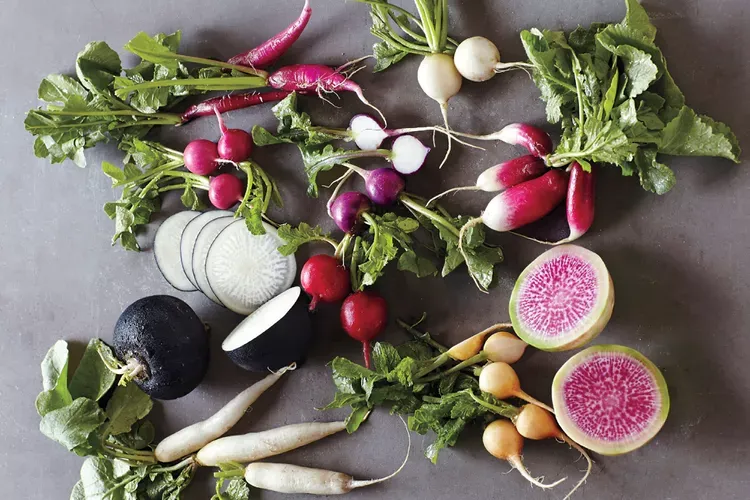
“
Radishes are more than just a crisp addition to salads; they come with a rich history and numerous benefits. In this blog, "Captivating Facts About Radish," we delve into the vegetable’s intriguing past, from its ancient Egyptian roots to its global culinary fame. Discover how radishes contribute to health with their impressive nutrient profile, the remarkable agricultural records they hold, and their versatile uses in various cuisines. 1
1
1
1
”
Radishes have been cultivated for over 2,000 years, originating in Southeast Asia. They were a staple in ancient Egyptian diets and spread to Europe and the Americas, becoming a global culinary favorite.1

The heaviest radish, weighing 45.865 kg (101 lb 1.8 oz), was grown by Manda Fermentation Co., Ltd. in Japan. Verified on February 22, 2023, it measured 113 cm in circumference and 80 cm in root length.

Radishes come in colors beyond red, including white, purple, and black. Each variety offers unique flavors and textures, from the spicy bite of red radishes to the milder taste of white daikon.
Radishes are an excellent low-calorie snack, with just 19 calories per cup of sliced radishes. Their crisp texture and refreshing taste make them a healthy and satisfying option for those watching their calorie intake.2
Radishes contain glucosinolates, which have anti-cancer properties. Regular consumption may help reduce cancer risk and promote overall health due to their powerful phytochemical profile.3
Radishes are among the fastest-growing vegetables, with some varieties maturing in just three to four weeks. This quick growth makes them ideal for novice gardeners and those seeking a speedy harvest.4
While radishes are grown in most states, California and Florida lead with the largest radish crops in the United States. Their favorable climates contribute to the substantial production of this popular and versatile vegetable.5
Traditionally, radishes have been used in herbal medicine to treat digestive issues, respiratory problems, and skin conditions. Their natural diuretic properties and high vitamin content contribute to their therapeutic benefits.6
Radishes act as a natural pest deterrent in gardens. Their strong flavor and aroma help repel pests like aphids and beetles, making them useful companion plants for protecting other crops.7
Radishes, similar to carrots, grow underground. They develop beneath the soil, forming their edible parts, while their green tops extend above ground, making them root vegetables with a growth habit comparable to carrots.8
The longest radish, grown by Joe Atherton in the UK, reached 6.703 meters (21 ft 11.89 in) in length. It was presented at the UK National Giant Vegetable Championships during the Malvern Autumn Show on September 23-24, 2017.9
Radishes belong to the Brassicaceae family, also known as the mustard family. This group includes other cruciferous vegetables like broccoli, cabbage, and Brussels sprouts, known for their health benefits and distinctive flavors.10
Radishes benefit soil health with their deep root system, which helps break up compacted soil. This property makes them a great choice for improving soil structure and enhancing garden productivity.11
Radishes are cool-season crops that thrive in temperatures between 50-70°F (10-21°C). They can be grown in spring and fall, making them a flexible choice for extending the growing season in various climates.12
Radishes have been grown in space as part of experiments to study plant growth in microgravity. NASA’s research aims to understand how to cultivate crops in space for future long-term missions and habitation.13
Radishes are economically valuable due to their high yield and low production costs. They are a popular crop for small-scale farmers and contribute to local economies through both domestic sales and export markets.14

Radish leaves are edible and highly nutritious, rich in vitamins A, C, K, and several B vitamins. They also provide essential minerals like calcium, iron, magnesium, and potassium, useful in salads or soups.
Radishes are resilient in varying climates. They tolerate frost and cooler temperatures, making them a reliable crop for regions with unpredictable weather or shorter growing seasons. 15
Radishes come in various shapes, from round to elongated. Varieties like French breakfast and icicle radishes offer different forms and flavors, adding diversity to culinary presentations and garden harvests.16
Radish seeds can be pressed to produce radish seed oil, which is rich in omega-3 fatty acids. Used in cooking and cosmetics, this oil has a mild flavor and is valued for its nutritional benefits.17


